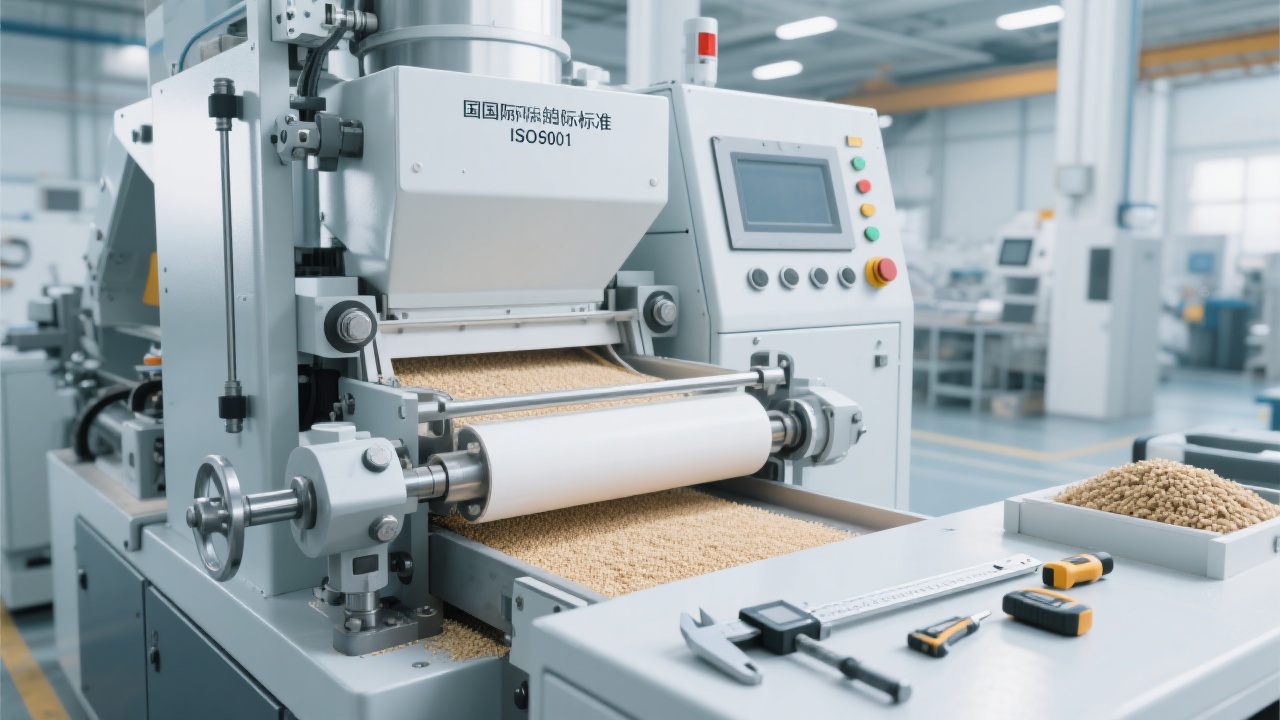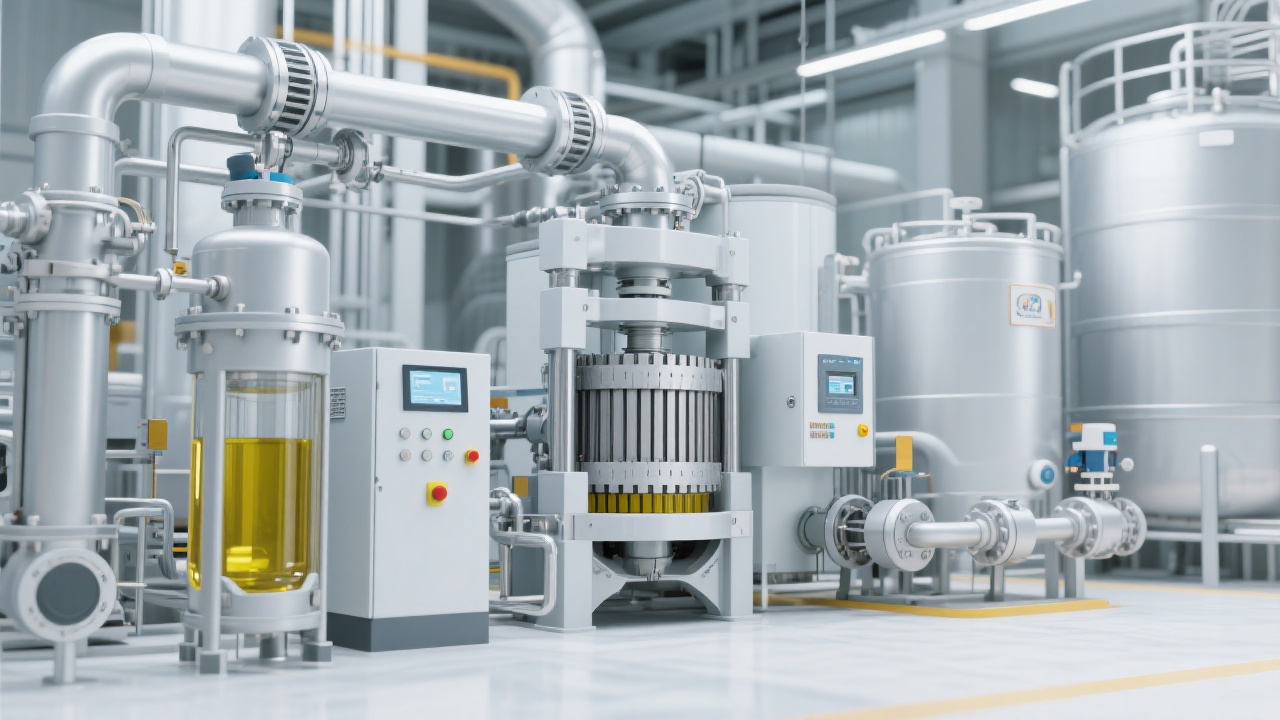
Hot-pressed sunflower oil presses are specialized equipment designed to extract oil from sunflower seeds through a heating process. They are widely used in commercial sunflower oil production enterprises, especially those aiming for high efficiency and large - scale output. These presses are suitable for scenarios where rapid oil extraction and high - volume production are required, such as large - scale food processing plants and oil refineries.

Hot - pressing technology works by heating sunflower seeds to a specific temperature before pressing. When the seeds are heated, the oil cells in the seeds expand, and the viscosity of the oil decreases. This makes it easier for the oil to flow out during the pressing process. Scientifically, the heat breaks down the cell walls of the seeds, releasing more oil. For example, studies have shown that hot - pressing can increase the oil yield by about 10% - 15% compared to cold - pressing methods.
The temperature and time during the hot - pressing process have a significant impact on both oil quality and oil yield. Generally, a higher temperature can lead to a higher oil yield, but it may also cause some negative effects on oil quality. For instance, if the temperature is too high (above 120°C), it can cause the oil to oxidize and produce unpleasant odors and flavors. On the other hand, if the time is too short, not all the oil will be extracted, resulting in a lower yield. Figure 1 shows the relationship between temperature and oil yield:

Based on experiments, the optimal temperature range for hot - pressing sunflower seeds is between 90°C - 110°C, and the pressing time should be around 30 - 45 minutes to achieve a good balance between oil quality and yield.
In actual production, to balance yield and quality, enterprises can adopt a step - by - step approach. First, pre - heat the seeds to a moderate temperature (around 90°C) to start the process of breaking down the cell walls. Then, gradually increase the temperature to the optimal range (90°C - 110°C) while controlling the pressing time. Regularly test the oil quality during the production process to ensure that it meets the standards. For example, a sunflower oil production company in Spain adjusted its hot - pressing process according to these strategies and achieved a 12% increase in oil yield while maintaining high - quality oil.
| Technology | Advantages | Disadvantages | Commercial Value |
|---|---|---|---|
| Cold - Pressing | High - quality oil with natural flavor and nutrients | Low oil yield, high production cost | Suitable for high - end markets |
| Hot - Pressing | High oil yield, low production cost, high efficiency | May affect oil quality if not controlled properly | Suitable for mass - market production |

A sunflower oil production enterprise in Russia adopted our hot - pressed sunflower oil presses. By strictly controlling the temperature and time of the hot - pressing process, they increased their annual production by 20% while maintaining the high quality of their sunflower oil. This not only reduced the production cost but also improved their market competitiveness.
To optimize the performance of hot - pressed sunflower oil presses, enterprises should regularly maintain the equipment, calibrate the temperature and time control systems, and train the operators. Additionally, continuously researching and adjusting the hot - pressing parameters according to different batches of sunflower seeds can further improve the balance between yield and quality.
Do you have any questions about hot - pressing sunflower oil or need more information on how to balance yield and quality? If so, click here to learn more about our high - efficiency hot - pressed sunflower oil presses and get professional solutions for your production needs.

